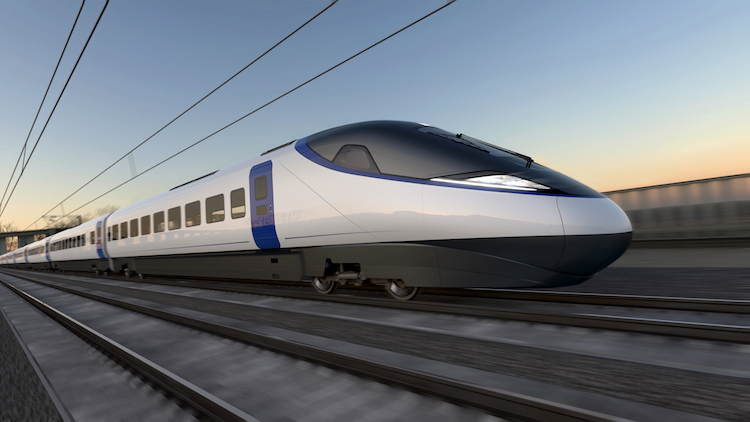
A combination of virtual reality and the project’s digital twin could lead to HS2 maintenance engineers solving real world problems virtually.
Data from sensors throughout the high-speed rail network will be relayed back to the control centre in Birmingham, where engineers and maintenance teams will analyse data with the use of AI to monitor asset performance trends across the network.
A downward trend in asset performance will trigger HS2’s predict-and-prevent maintenance programme.
According to HS2: “Before going out on site, engineers will use virtual reality headsets to investigate issues from the safety of the control centre. The technology will enable maintenance teams to understand issues and in some cases resolve them without even having to physically go out on location.”
Head of strategic planning and asset management David White added: “With HS2’s digital twin-based predict and prevent approach to maintenance, we have the ability to prevent failures and replace assets when the system indicates a decline in performance – as opposed to relying on a rolling programme of asset replacement.
“Harnessing the power of the digital twin and its predictive capability could see an asset’s operational life extended by months or even years. This will enable us to reduce cost, cut waste and shrink the environmental footprint of HS2’s maintenance operation and maintain a consistently high level of customer service.
“HS2 will be very safe and reliable, not least because it will be new and built to the latest standards. This in itself creates the challenge of keeping staff trained and competent to run and maintain both the railway and its stations. So we will create new tools through the use of virtual and augmented reality technologies to maintain and enhance the skills of our maintenance and station teams.”
Don’t miss out on BIM and digital construction news: sign up to receive the BIMplus newsletter.












